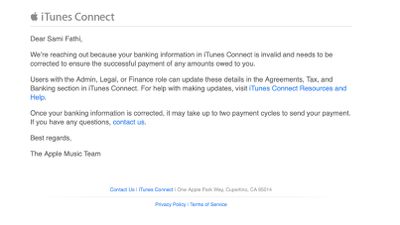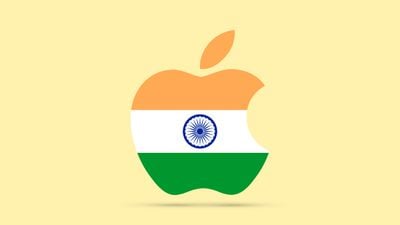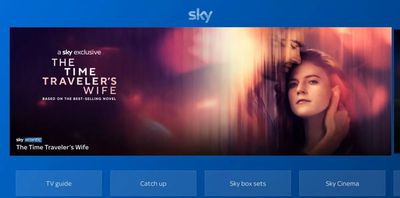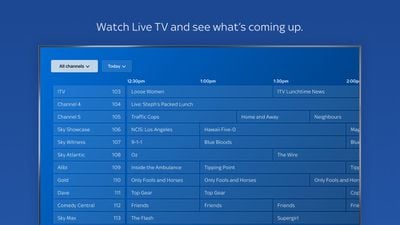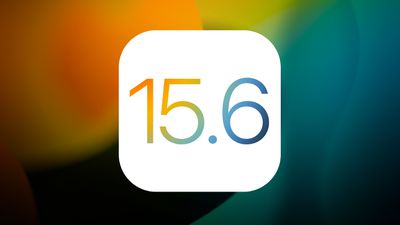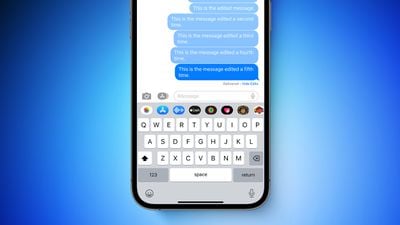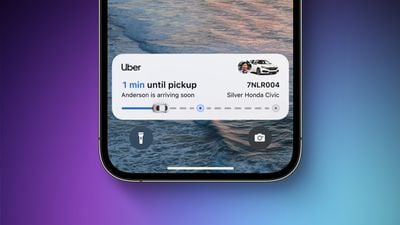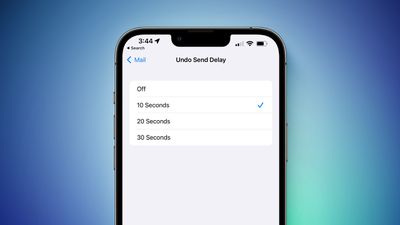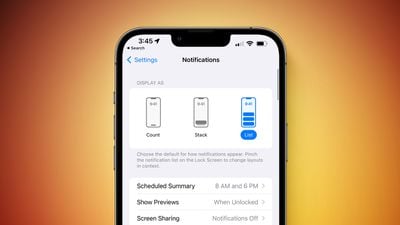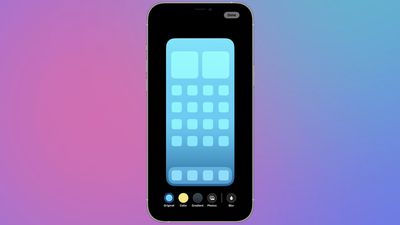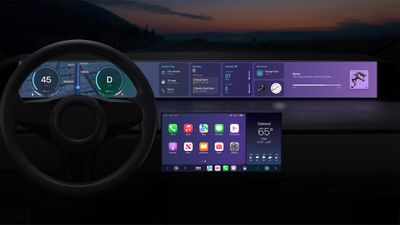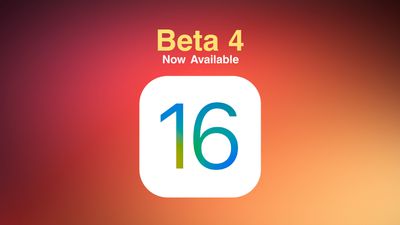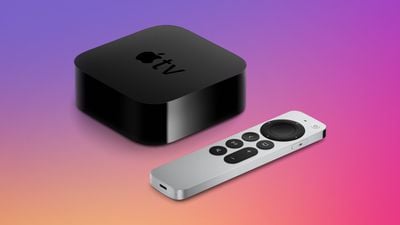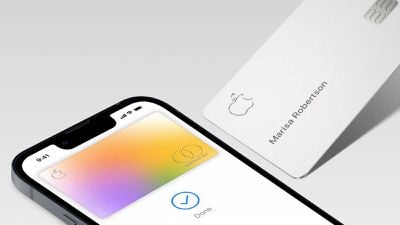Backbone today announced the release of a new PlayStation Edition of its popular game controller for the iPhone. There is also a new dedicated section inside the Backbone app for iOS with new releases and updates from PlayStation.

The new controller was created in partnership with Sony and inspired by the design of the PS5's wireless DualSense controller, including transparent button faces. The controller is priced at $99.99 in the United States and is available to order starting today in a white color matching the PS5 console, in addition to a black option.
Backbone says the controller is compatible with all iPhones, with an adapter included in the box for the iPhone 13 Pro and iPhone 13 Pro Max. Users can simply snap an iPhone into the controller and begin playing PlayStation games via the PS Remote Play app, or games on the App Store, Apple Arcade, Xbox Remote Play, and more.
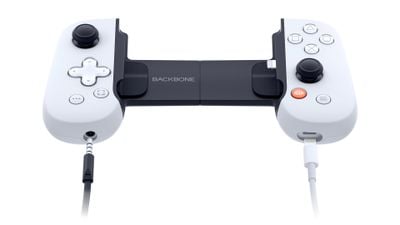
The controller connects to and is charged by the iPhone via Lightning, and there is an additional Lightning connector for pass-through charging. The controller also has a 3.5mm headphone jack, a button for capturing screenshots and game clips, and a button to open the Backbone app. The controller can be collapsed/folded when not being used.
Customers who purchase the Backbone One PlayStation Edition controller can receive some perks, such as a free one-month subscription to Apple Arcade if they have not already subscribed to the service, along with three months of Discord Nitro for free and more.
iPhones have already supported PS5 DualSense and Xbox Series X/S controllers via Bluetooth since the release of iOS 14.5 last year.



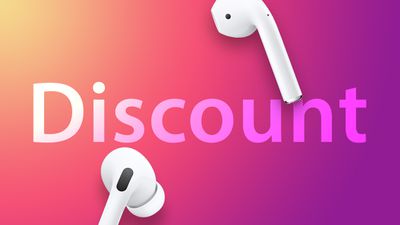 Note: MacRumors is an affiliate partner with some of these vendors. When you click a link and make a purchase, we may receive a small payment, which helps us keep the site running.
Note: MacRumors is an affiliate partner with some of these vendors. When you click a link and make a purchase, we may receive a small payment, which helps us keep the site running.